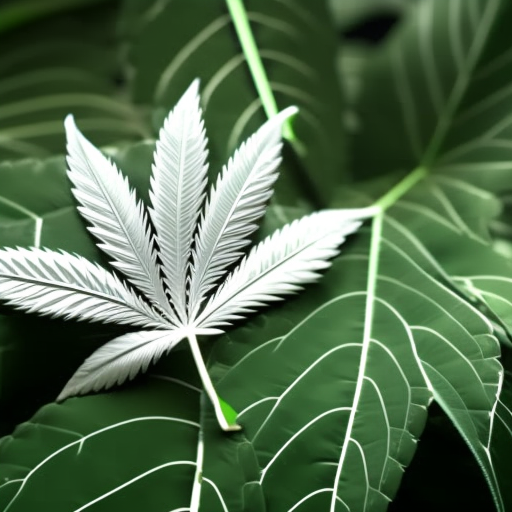
THC, or delta-9-tetrahydrocannabinol, is the primary psychoactive compound found in cannabis. It binds to specific receptors in the brain and central nervous system, leading to the characteristic euphoria or “high” associated with marijuana use. THC also has potential therapeutic properties, such as pain relief, appetite stimulation, and anti-nausea effects.
CBD, or cannabidiol, is another major cannabinoid found in cannabis. Unlike THC, CBD does not produce a psychoactive effect. Instead, it has been shown to have numerous medicinal benefits. CBD has been used to treat epilepsy, anxiety disorders, inflammation, and even neurodegenerative diseases like Parkinson’s and Alzheimer’s.
CBG, or cannabigerol, is a lesser-known cannabinoid that has gained attention for its potential medical applications. It has been found to have antibacterial and anti-inflammatory properties. CBG may also have neuroprotective effects, making it a promising candidate for treating conditions like multiple sclerosis and Huntington’s disease.
THC-V, or tetrahydrocannabivarin, is a cannabinoid that acts as an antagonist to the CB1 receptor. This means that it can block the psychoactive effects of THC. THC-V has shown potential as an appetite suppressant and may be beneficial for weight loss and obesity-related conditions.
CBC, or cannabichromene, is another non-intoxicating cannabinoid found in cannabis. It has been found to have anti-inflammatory and analgesic properties. CBC may also have antidepressant effects and could be useful in treating mood disorders like depression.
CBN, or cannabinol, is a cannabinoid that is derived from the degradation of THC. It is known for its sedative effects and has been used as a sleep aid. CBN may also have antibacterial properties and could be effective against antibiotic-resistant bacteria.
These are just a few examples of the diverse array of cannabinoids found in cannabis. Each cannabinoid has its own unique properties and potential therapeutic applications. Researchers are still uncovering the full potential of these compounds and how they interact with the endocannabinoid system.
The endocannabinoid system plays a crucial role in maintaining homeostasis, or balance, within the body. It is composed of endocannabinoids, which are naturally produced by the body, and their receptors. The two main types of receptors are CB1 receptors, which are primarily found in the brain and central nervous system, and CB2 receptors, which are found in immune cells and peripheral tissues.
When cannabinoids from cannabis are consumed, they interact with these receptors and modulate various physiological processes. For example, THC binds to CB1 receptors in the brain, leading to psychoactive effects. CBD, on the other hand, does not directly bind to these receptors but can still influence them indirectly.
Understanding the intricacies of the endocannabinoid system and how cannabinoids interact with it is essential for harnessing the full potential of medical marijuana. It allows researchers to design more targeted therapies and optimize dosing regimens for specific conditions.
In recent years, there has been a growing body of evidence supporting the use of medical marijuana for various conditions. Clinical trials have shown that cannabis can be effective in treating chronic pain, spasticity associated with multiple sclerosis, chemotherapy-induced nausea and vomiting, and epilepsy.
However, there is still much work to be done. Legal restrictions and limited funding have hindered research into medical marijuana’s full potential. More clinical trials and studies are needed to fully understand its safety profile, optimal dosing, and long-term effects.
In conclusion, cannabis science is a rapidly evolving field with immense potential for improving human health. Understanding the pharmacology behind cannabis and its interaction with the endocannabinoid system is crucial for developing safe and effective therapies. With further research and advancements in medical marijuana science, we can unlock the full medicinal value of this ancient plant.

